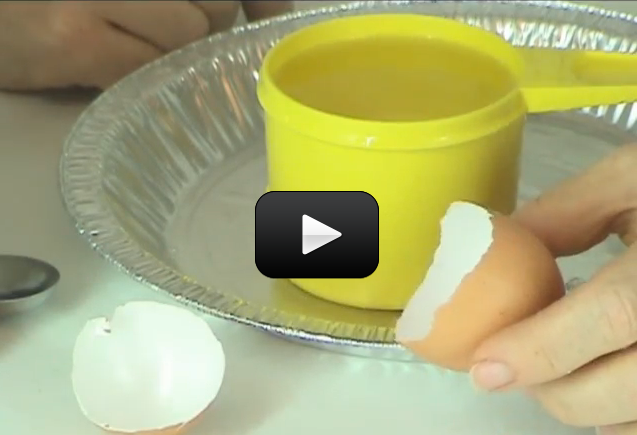Geodes are formed from gas bubbles in flowing lava. Up close, a geode is a crystallized mineral deposit that is usually very dull and ordinary-looking on the outside. When you crack open a geode, however, it’s like being inside a crystal cave. We’ll use an eggshell to simulate a gas bubble in flowing lava.
We’re going to dissolve alum in water and place the solution into an eggshell. In real life, minerals are dissolved in groundwater and placed in a gas bubble pocket. In both cases, you will be left with a geode.
Note: These crystals are not for eating, just for looking.
Please login or register to read the rest of this content.


It is best to remove the membrane. That way the alum can properly bond with the shell.
Does it matter if the membrane is still inside of the shell or should that be removed when cleaning? Thanks!
No they are different, but you can use either one. If you already have a chemistry kit, it may have copper sulfate and you may use that. Please do be careful with the copper sulfate, it is a chemical that requires special handling.
On the video page it mentions using alum, as well as on the overview on the print out. But on the print out, in materials, it mentions using copper sulfate. Is alum the same thing as copper sulfate? It doesn’t appear to be from looking it up, but I may be wrong.
You can use salt, sugar, borax… slum is only one of the options. You can grow any kind of crystal in the eggshell.
do we have to use alum? or can we use something else